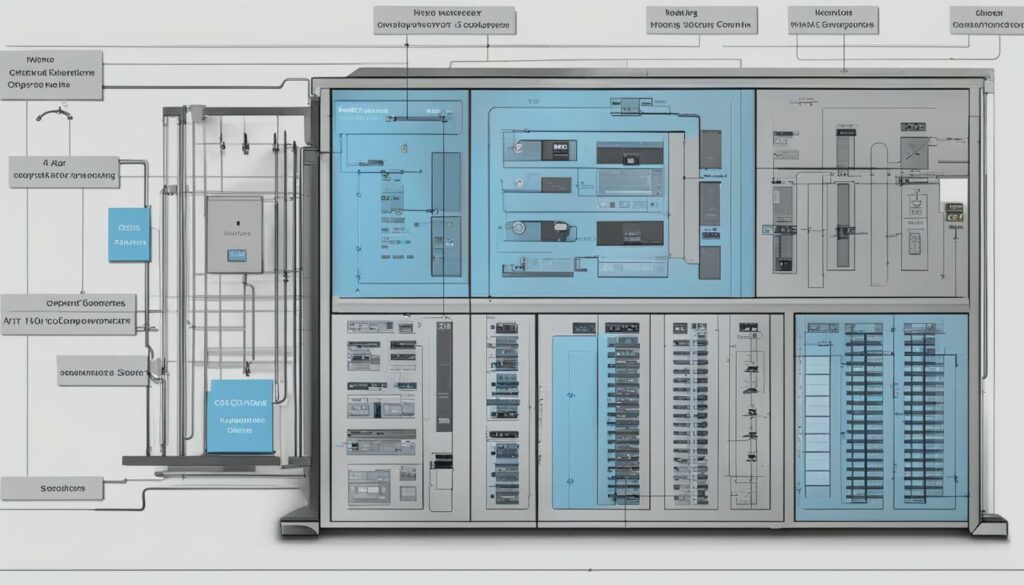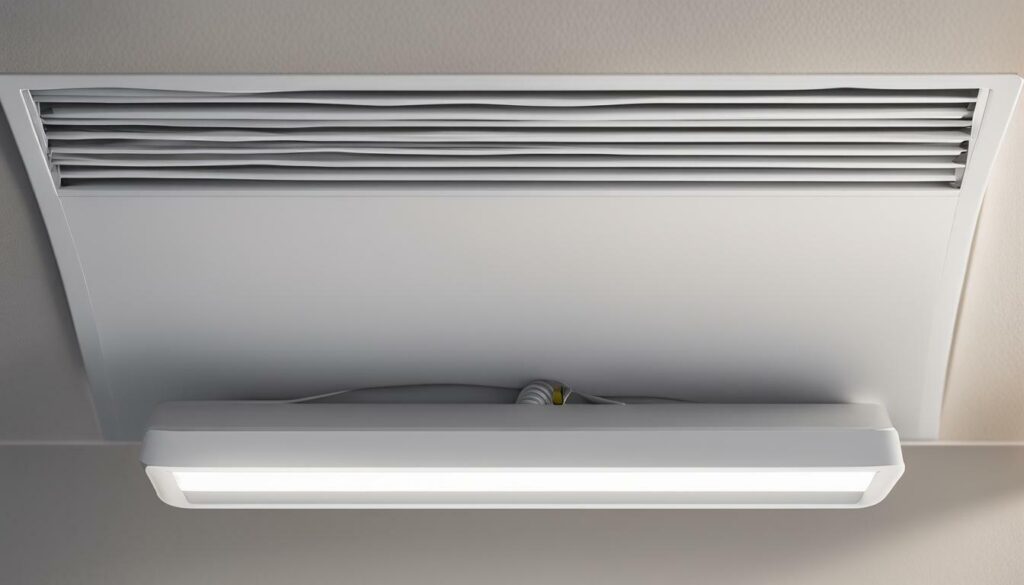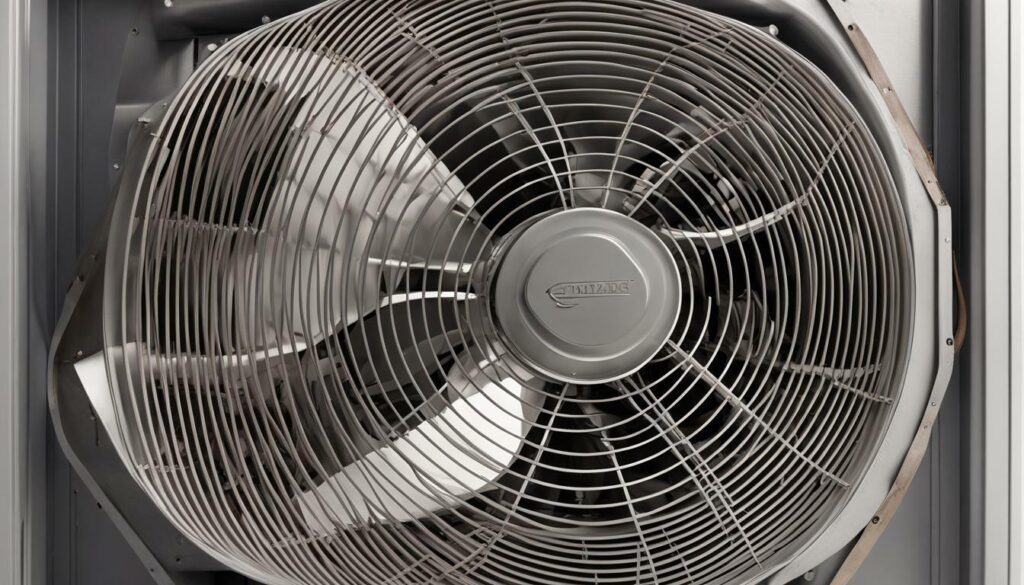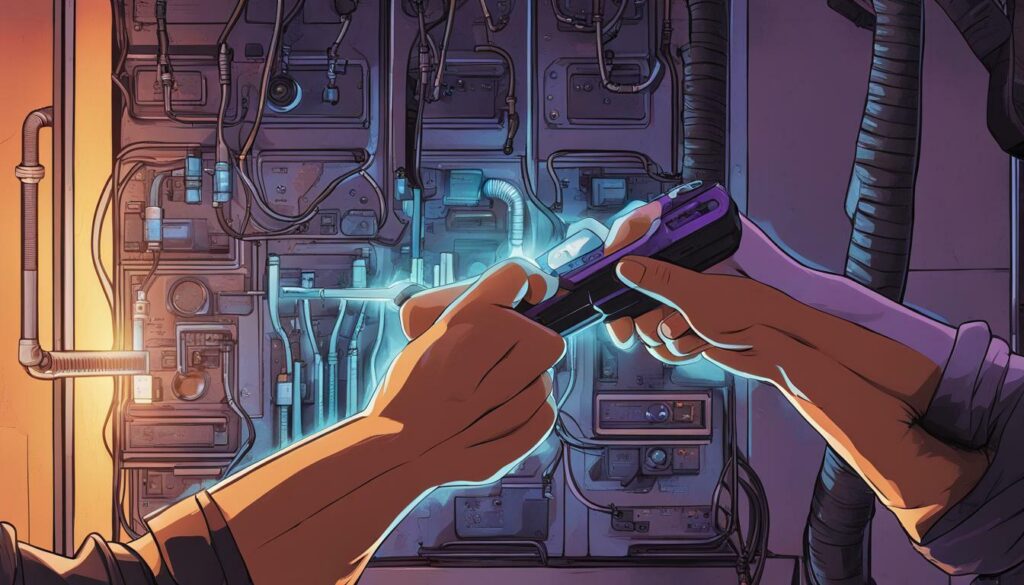If you’re unfamiliar with HVAC systems, the term “sequencer HVAC” may seem confusing. In layman’s terms, an HVAC sequencer is a device that controls the order in which heating elements are activated and deactivated in your heating unit. By regulating this process, your heating system can run more efficiently and prevent overheating.
Understanding how an HVAC sequencer works can help you better maintain your heating system and reduce energy consumption. Keep reading to learn more about sequencers in HVAC systems and their benefits.
Key Takeaways:
- An HVAC sequencer controls the order in which heating elements are activated and deactivated in your heating unit.
- Sequencers improve efficiency and prevent overheating in HVAC systems.
- Understanding the functionality of an HVAC sequencer can help you maintain your system and reduce energy consumption.
How Does an HVAC Sequencer Work?
If you’ve ever wondered how your heating system works, you may have come across the term “sequencer HVAC.” An HVAC sequencer is a device that controls the activation and deactivation of heating elements in your unit.
The sequencer is responsible for ensuring that the heating elements turn on and off in a specific order, which helps to prevent excessive energy consumption and uneven heating. In simpler terms, it makes sure that your heating system is running efficiently and effectively.
So, how does an HVAC sequencer work?
The sequencer uses a series of switches to control the heating elements in your unit. These switches are typically timed to turn on and off in a specific order, depending on your heating needs. For example, if you only need a small amount of heat, the sequencer may only activate one or two heating elements. However, if you need more heat, it may activate several elements at once.
The timing of the switches is what makes the sequencer so important. By carefully controlling the activation and deactivation of the heating elements, it can ensure that your heating system is running at peak efficiency. This not only saves you money on energy costs, but it also ensures that your home is warm and comfortable.
Overall, the HVAC sequencer is an essential component of any heating system. Without it, your unit could be wasting energy and providing uneven heating. By understanding how it works, you can appreciate the benefits it provides and ensure that your heating system is operating at its best.
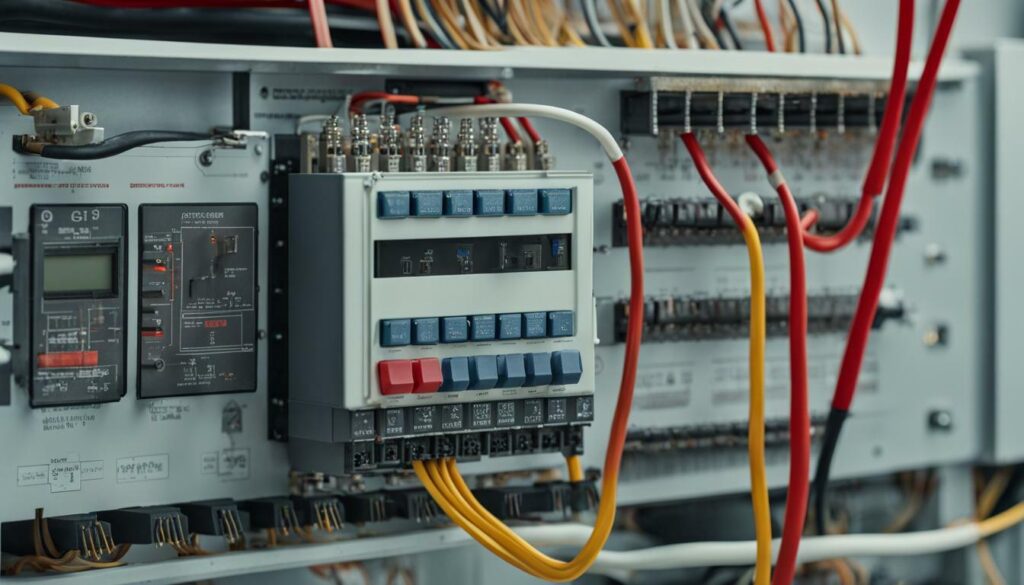

Benefits of Using a Sequencer in HVAC Systems
If you’re looking to optimize the performance of your HVAC system, adding a sequencer can be a smart move. By controlling the activation and deactivation of heating elements, a sequencer can help balance heating throughout your home, improving its overall efficiency. Here are some of the major benefits of using a sequencer in your HVAC system:
- Energy efficiency: With a sequencer, your system can be programmed to turn on heating elements only when needed, reducing energy consumption and lowering your energy bills.
- Balanced heating: Sequencers ensure that heating elements are activated in a specific order, preventing uneven heating and helping to maintain a consistent temperature throughout your home.
- Extended lifespan for heating elements: Since sequencers ensure that heating elements are not overused, they can prolong the lifespan of your heating system components, saving you money on repairs and replacements in the long run.
By incorporating a sequencer in your HVAC system, you can enjoy a comfortable, energy-efficient home while also preventing damage to your heating elements. Keep reading to learn more about the different types of sequencers used in HVAC systems.


Types of Sequencers in HVAC
There are two main types of sequencers used in HVAC systems: time delay sequencers and step sequencers.
Time Delay Sequencers
Time delay sequencers use a timer to delay the activation of heating elements in a specific order. This delay allows each element to heat up gradually, preventing a sudden demand for energy that can trip the circuit breaker. The timer can be adjusted to control the length of the delay, ensuring that each element is activated at the optimal time for efficient heating.
Time delay sequencers are commonly used in single-stage heating systems and are often incorporated into heat strips for furnaces and air handlers.
Step Sequencers
Step sequencers operate similarly to time delay sequencers, but instead of using a timer, they use temperature sensors to determine when each heating element should be activated. The sensors monitor the temperature of the air passing through the HVAC system and activate each element in sequence as needed to maintain a consistent temperature.
Step sequencers are more commonly used in multi-stage heating systems and are often found in heat pumps. They are also more energy-efficient than time delay sequencers, as they only activate heating elements when necessary.
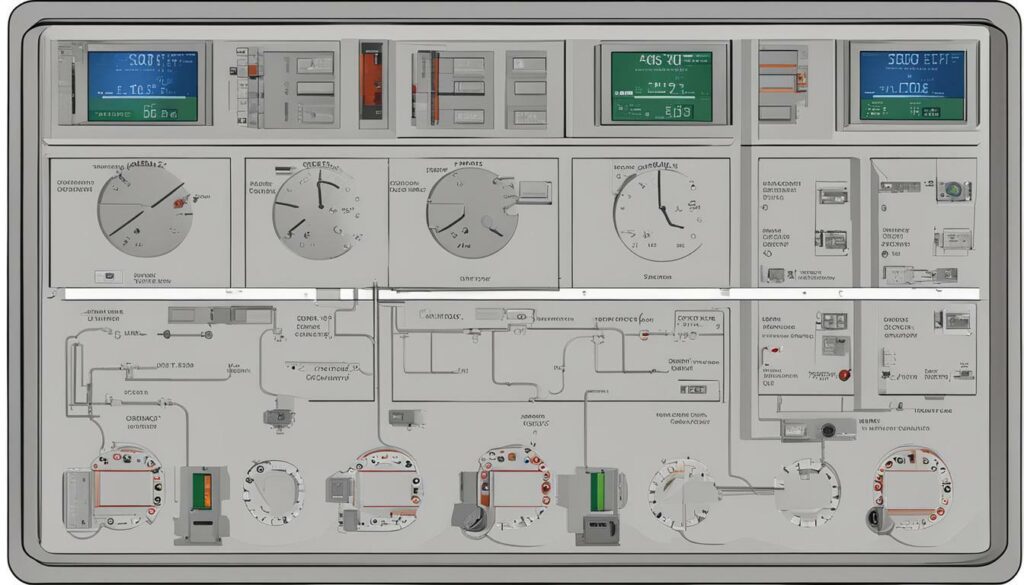

Sequencer Control in HVAC Systems
Now that you have an understanding of how a sequencer works in HVAC systems, it’s important to know how it is controlled. Sequencer control can vary depending on the specific unit and type of sequencer being used.
In some cases, sequencers can be controlled by a simple switch, which manually activates and deactivates the heating elements. Alternatively, some HVAC systems utilize control boards to regulate the sequencing process. These boards use advanced algorithms and programming to ensure efficient and balanced heating throughout the system.
It’s important to note that sequencer control is not a “set it and forget it” process. Proper monitoring and adjustment may be necessary to ensure optimal performance and prevent issues such as uneven heating or excessive energy consumption. Regular maintenance and inspection of the sequencer and overall HVAC system can also help prevent potential problems.


Overall, understanding the control of the sequencer in your HVAC system is crucial for maintaining efficient and effective heating. Whether you’re using a simple switch or complex control board, proper monitoring and maintenance can help ensure maximum performance and longevity.
Sequencer Operation in HVAC
Now that you understand how HVAC sequencers work, it’s important to dive deeper into their sequencing process so you can fully comprehend the intricacies of this essential heating element. When a sequencer in your HVAC system receives a signal that it’s time to activate, it will begin its process by sending power to the first heating element according to its design.
The sequencer will continue to send power to each subsequent heating element in a specific order, ensuring they activate in a controlled and balanced manner. This sequencing process prevents a sudden surge in power consumption and reduces the risk of overheating or damaging any elements in your system.
As the first heating element reaches its maximum operating temperature, the sequencer will begin the deactivation process in reverse order. It will send signals to turn off each heating element in turn, according to its specific design, until they have all been deactivated.
The sequencing process of a sequencer in HVAC systems ensures that your heating elements activate and deactivate in a balanced and controlled way, improving the efficiency of your HVAC system overall.
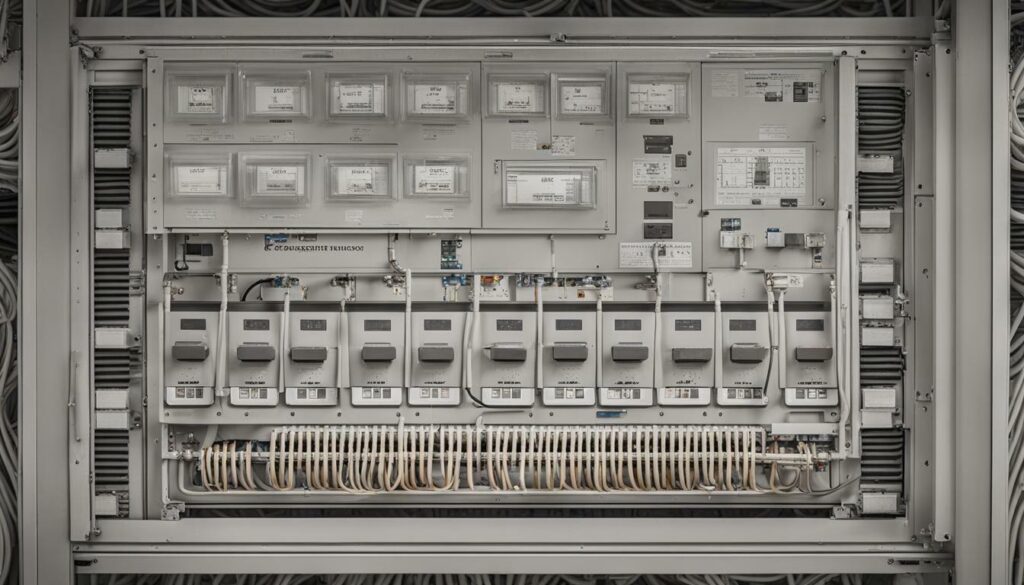

Importance of Sequencers in HVAC
If you’re looking for a more energy-efficient and evenly heated home, then you should definitely consider using sequencers in your HVAC system. A sequencer is an essential part of your heating unit that ensures the heating elements are activated in a specific order, preventing the system from drawing too much electricity and causing uneven heating. Sequencers are important for maintaining a comfortable temperature in your home, while also reducing energy costs.
Without a sequencer, your HVAC system may draw too much electricity, leading to overheating and even causing damage to the system. This could result in costly repairs, which can easily be avoided by incorporating a sequencer into your heating unit. By using a sequencer, you’ll be able to regulate the temperature in your home without worrying about excessive energy consumption.
In addition to preventing overheating and reducing energy costs, sequencers also ensure that heated air is distributed evenly throughout your home. This significantly improves the warmth and comfort of your living space, providing a cozy environment during cold winter months. Sequencers are essential to ensuring that your HVAC system is functioning optimally and delivering the warmth you need during the colder months.
In summary, sequencers play a critical role in ensuring the efficiency of your HVAC system and maintaining a comfortable living space. By using sequencers, you’ll save on energy costs, prevent excessive heating, and ensure that your home is evenly heated. Incorporating a sequencer into your HVAC system is a smart investment that will provide you with a more comfortable home while keeping your energy bills in check. Make sure to prioritize sequencers when considering HVAC upgrades and maintenance.
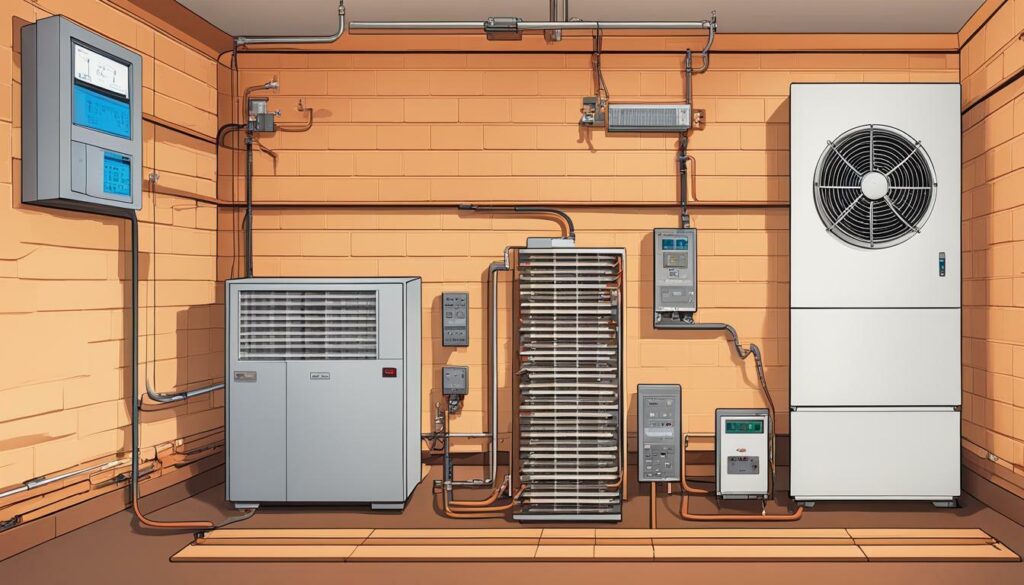

Troubleshooting HVAC Sequencer Issues
If you are experiencing issues with your HVAC system, it may be due to a malfunctioning sequencer. Here are some common problems you may encounter and troubleshooting tips to help you resolve them:
| Problem | Troubleshooting Tip |
|---|---|
| The sequencer is not activating the heating elements | Check the voltage going to the sequencer. It should match the voltage requirement specified on the sequencer. If the voltage is too low, the sequencer will not activate the heating elements. Also, inspect the sequencer for damage or wear and replace if necessary. |
| The heating elements stay on continuously | This issue can occur if the sequencer is stuck in the ON position. Check the sequencer for damage or wear and replace if necessary. Also, verify that the sequencer switch is functioning properly and replace if needed. |
| The heating elements are not turning off | This issue can occur if the sequencer is stuck in the OFF position. Check the sequencer for damage or wear and replace if necessary. Also, verify that the sequencer switch is functioning properly and replace if needed. |
It is important to note that if you are uncomfortable troubleshooting these issues yourself, it is best to seek the assistance of a professional HVAC technician. Attempting to fix the problem on your own may lead to further damage and costly repairs.
Regular maintenance of your HVAC system can also help prevent sequencer issues from occurring. Schedule annual maintenance appointments with a licensed HVAC technician to ensure that your system is functioning optimally and to catch any potential issues before they become major problems.
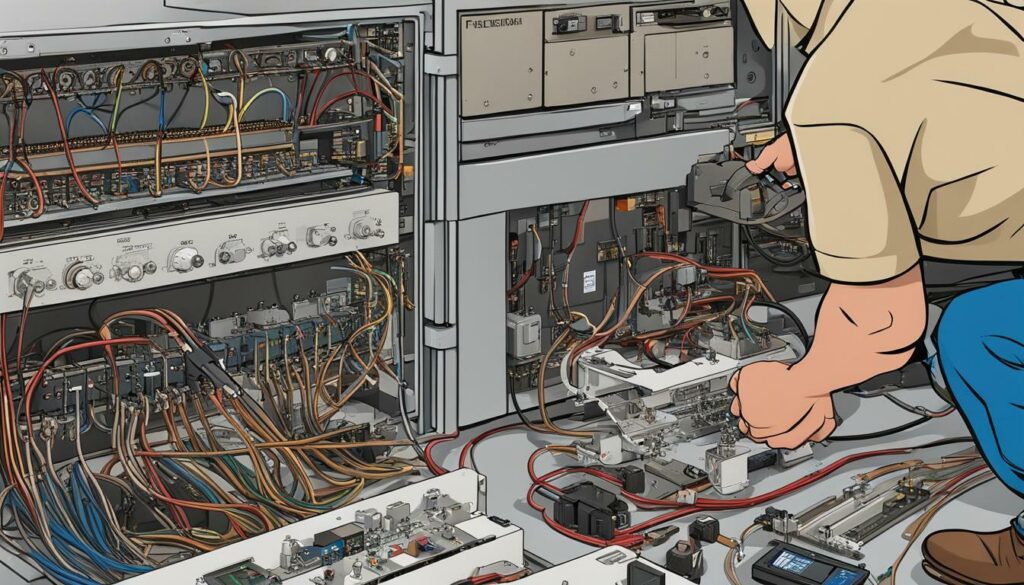

HVAC Sequencer Explained
If you’re wondering how an HVAC sequencer works, it’s important to understand its various components and how they work together to control your heating system. At its core, an HVAC sequencer is designed to manage the activation and deactivation of heating elements in your unit.
The sequencer is made up of a series of switches that are connected to your heating elements. These switches are linked together and work in sequence to control the activation of each heating element. When one heating element is activated, the next switch in the chain is triggered, causing the next element to turn on. This process continues until all of the heating elements have been activated and are producing heat.
The sequencer also features a timer, which can be programmed to delay the activation of certain heating elements. This allows for a more balanced heating output and helps prevent overloading your unit with too much heat at once. The timer can also be used to stagger the activation of heating elements, ensuring that your unit operates efficiently and effectively.
Another important component of an HVAC sequencer is the control board, which is responsible for managing the system’s various settings and programming. The control board allows you to adjust settings such as the sequence timing and the delay time between heating elements. It also provides information about the status of the system and can notify you of any issues that need to be addressed.
Overall, an HVAC sequencer plays a vital role in controlling the activation and deactivation of heating elements in your system. By ensuring that your heating elements are activated in the correct sequence and timed properly, the sequencer helps to prevent energy waste and uneven heating. Understanding how your HVAC sequencer works is an essential part of maintaining an efficient and effective heating system.
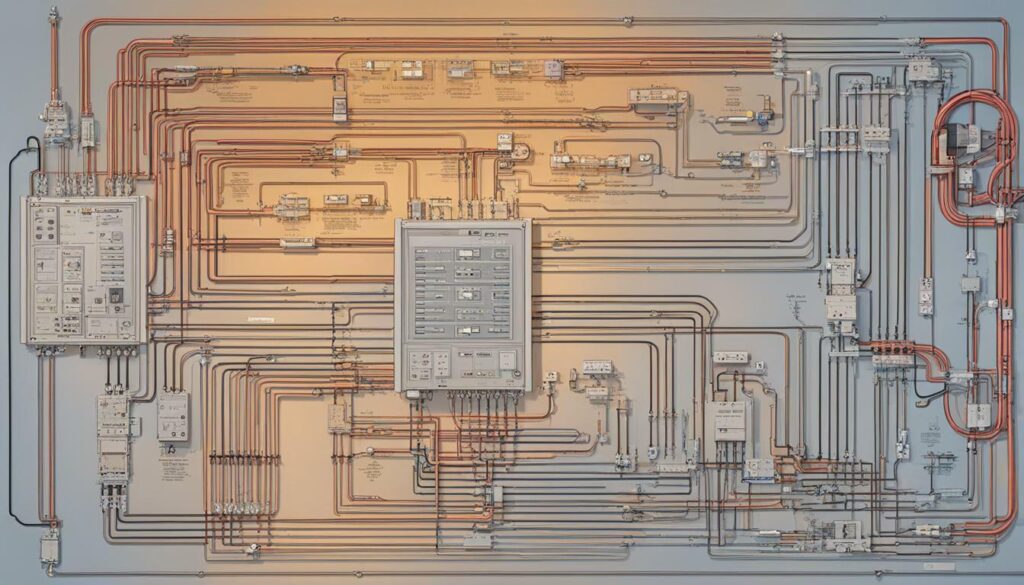

Sequencer in Heating and Cooling Systems
Did you know that sequencers are not limited to just heating systems? They also play a key role in controlling cooling elements in HVAC systems. This makes them an essential component in any modern HVAC unit.
Sequencers can be found in the heating and cooling systems of large commercial buildings, as well as smaller residential properties. Their ability to regulate the activation and deactivation of heating and cooling elements is crucial to ensuring optimal performance and energy efficiency.
By using sequencers in HVAC systems, you can create a better balance of heating and cooling throughout your property. This means a more comfortable environment for you and your family or employees, while also reducing energy consumption.
So whether you’re looking to upgrade your existing HVAC system or install a new one, be sure to consider the benefits of incorporating a sequencer in your heating and cooling system.
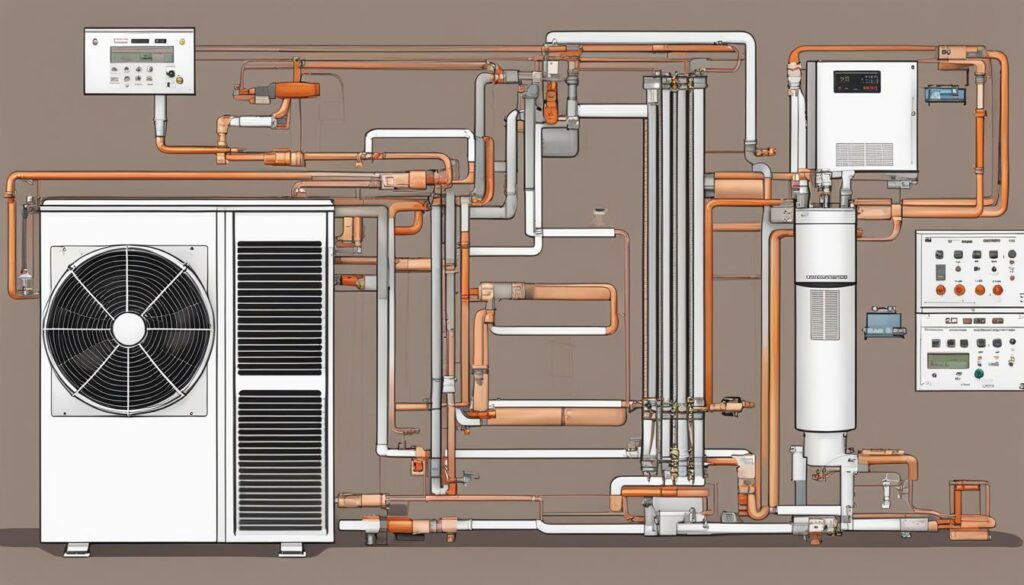

Sequencers Enhancing HVAC Efficiency & Warmth
When it comes to heating your home or office, you want to be sure that your HVAC system is running as efficiently as possible. One way to achieve this is by incorporating sequencers in your heating system. By doing so, you can not only improve your system’s energy efficiency but also ensure that you have a comfortable and balanced heating experience.
Sequencers work by controlling the activation and deactivation of heating elements in your HVAC system. This means that when the heating system is turned on, the sequencer will activate the heating elements one at a time, ensuring that the system does not overload. Similarly, when the heating system is turned off, the sequencer will deactivate the heating elements in the reverse order, ensuring that the system cools down in a controlled manner.
The use of sequencers in HVAC systems offers a range of benefits, including improved energy efficiency and balanced heating. By preventing excessive energy consumption, sequencers can help you save money on your energy bills. Additionally, they can ensure that your home or office is heated evenly, eliminating cold spots and ensuring a comfortable living or working environment.
There are different types of sequencers available for use in HVAC systems, such as step sequencers and time delay sequencers. The type of sequencer used will depend on the specific needs and requirements of your heating system.
Controlling sequencers in HVAC systems is typically done through the use of sequencer switches or control boards. These devices allow you to monitor and adjust the operation of the sequencer, ensuring optimal performance and efficiency.
The sequencing process in HVAC systems is complex, with heating elements activated and deactivated in a specific order to ensure balanced heating. Understanding this process is essential for troubleshooting any issues that may arise with the sequencer.


Overall, the importance of sequencers in HVAC systems cannot be overstated. By incorporating sequencers into your heating system, you can ensure that your system operates as efficiently as possible, saving you money on energy bills and providing a comfortable heating experience. If you’re experiencing issues with your HVAC system, consider incorporating a sequencer to improve its performance and efficiency.
Conclusion
In conclusion, understanding what a sequencer HVAC is and how it works can greatly benefit your heating and cooling system. Incorporating a sequencer in your HVAC system can improve energy efficiency, provide balanced heating and cooling, and ensure a comfortable experience.
There are different types of sequencers used in HVAC systems, each with its own unique features and purpose. Sequencer control can be achieved through the use of switches or control boards. Knowing how sequencers operate can aid in troubleshooting any issues that may arise.
Overall, sequencers play an important role in HVAC systems, preventing excessive energy consumption and ensuring even heating and cooling. By enhancing the efficiency and warmth of your heating system, sequencers allow you to enjoy a comfortable and cost-effective heating experience.
FAQ
Q: What is a sequencer HVAC?
A: A sequencer HVAC is a component in heating, ventilation, and air conditioning (HVAC) systems that controls the activation and deactivation of heating elements, ensuring balanced and efficient heating.
Q: How does an HVAC sequencer work?
A: An HVAC sequencer works by monitoring the temperature and activating the heating elements in a specific sequence. It ensures that the elements are not activated simultaneously, preventing excessive energy consumption and ensuring even heating.
Q: What are the benefits of using a sequencer in HVAC systems?
A: Using a sequencer in HVAC systems offers several benefits, including improved efficiency, balanced heating, and reduced energy consumption. It helps to maintain a comfortable indoor temperature without wasting energy.
Q: What are the types of sequencers used in HVAC systems?
A: There are different types of sequencers used in HVAC systems, such as time delay sequencers and step sequencers. Time delay sequencers introduce a delay between the activation of each heating element, while step sequencers activate the elements in a predetermined sequence.
Q: How are sequencers controlled in HVAC systems?
A: Sequencers in HVAC systems can be controlled through sequencer switches or control boards. These control mechanisms allow for precise activation and deactivation of heating elements based on the temperature needs.
Q: How does sequencer operation work in HVAC systems?
A: Sequencer operation in HVAC systems involves the activation and deactivation of heating elements in a specific order. The sequencing process ensures that the elements work together to provide balanced and efficient heating.
Q: Why are sequencers important in HVAC systems?
A: Sequencers are important in HVAC systems as they prevent excessive energy consumption and uneven heating. They ensure that heating elements are activated in a controlled manner, contributing to energy efficiency and a comfortable indoor environment.
Q: How can I troubleshoot HVAC sequencer issues?
A: If you encounter issues with your HVAC sequencer, some troubleshooting tips include checking the connections, testing for continuity, and ensuring proper voltage supply. If the problem persists, it is recommended to consult a professional HVAC technician.
Q: What does an HVAC sequencer consist of?
A: An HVAC sequencer typically consists of relays, switches, and timing circuits. These components work together to control the activation and deactivation of heating elements in a sequential manner.
Q: Can sequencers be used in cooling systems?
A: Yes, sequencers can also be used in cooling systems as they play a role in controlling the activation and deactivation of cooling elements. This helps to maintain a balanced temperature in HVAC systems.
Q: How do sequencers enhance HVAC efficiency and warmth?
A: Sequencers enhance HVAC efficiency and warmth by ensuring that heating elements are activated in a controlled and balanced manner. This prevents energy waste and provides a consistent and comfortable indoor temperature.

